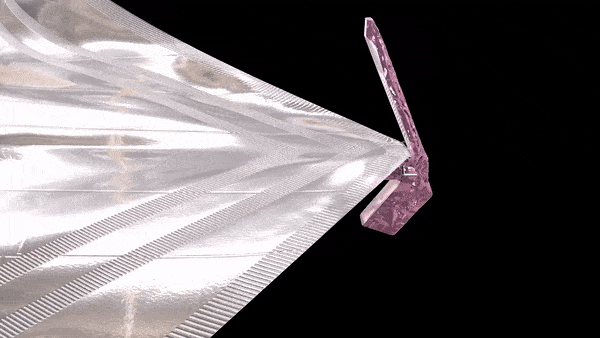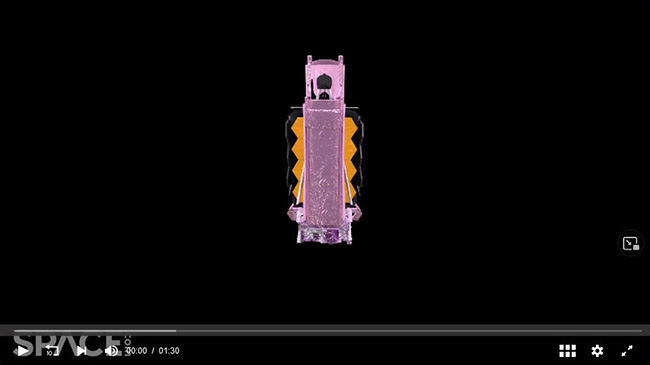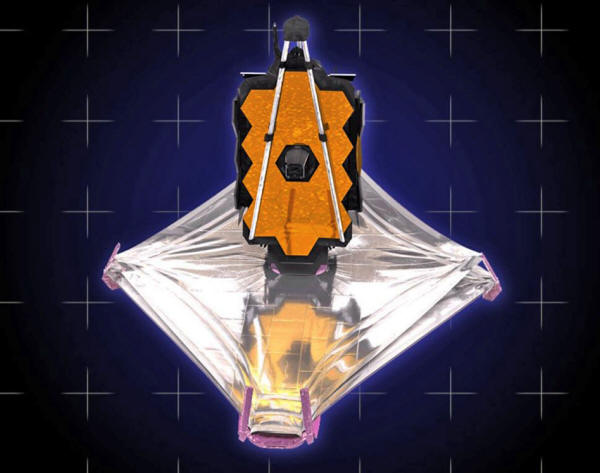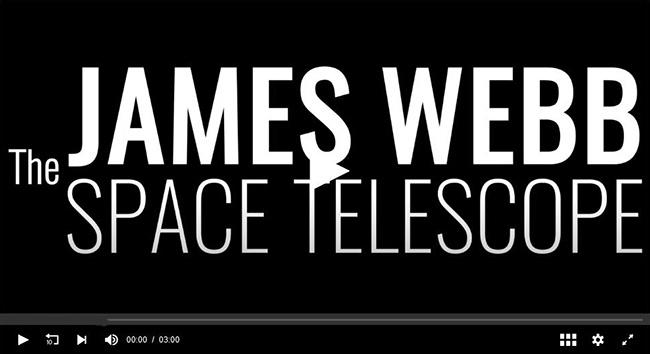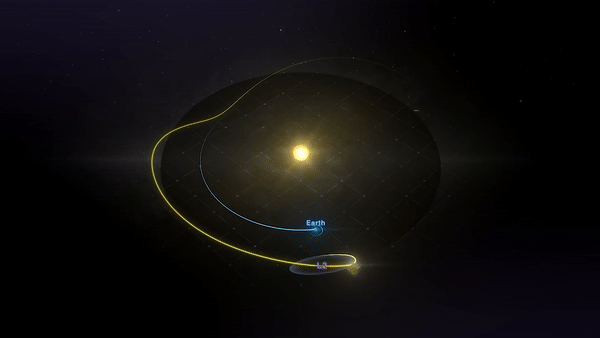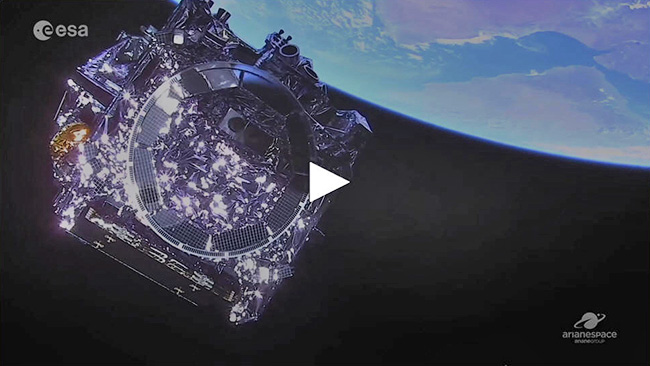|
by Elizabeth Howell
from
Space Website shows the tensioning step for the James Webb Space Telescope's sunshield to tighten the huge sunshield in place. (Image credit: NASA)
On Monday (Jan. 3), James Webb Space Telescope controllers began tightening the tension on its massive sunshield, a five-layer shield the size of a tennis court designed to keep the $10 billion observatory cool enough for science.
The task is the final step in unfolding Webb's sunshield, and should take up to three days to complete.
With Webb being so new to space - the $10 billion observatory only launched on Dec. 25 - the tensioning was delayed by two days as engineers took a break for the New Year's Day holiday on Saturday (Jan. 1) and worked through couple of minor issues on Sunday.
Engineers are now tensioning the first layer of the sunshield, which will continue through Monday if that goes to plan.
Once complete, the Webb team will assess the deployment success and adapt the following four layers as required.
The schedule calls for the deployment to finish on Wednesday (Jan. 5), but the timing of layer tensioning (and even the entire deployment) may vary depending on the engineering data Webb produces during its sequence.
Webb specializes in heat-sensitive infrared observations, making the sunshield a vital component of the observatory.
The sunshield is part of a month-long deployment procedure to get the Hubble Space Telescope successor ready for gathering data from a distant point from Earth, nearly 1 million miles (1.6 million km) away from our planet.
As Webb executes the deployment, it is making the journey to its destination - a stable gravitational area called sun-Earth Lagrange Point 2 (L2), which allows the spacecraft to "park" with a minimum of fuel usage to stay steady.
Since most of Webb's deployment steps are controlled by the ground, this control allows engineers to make pauses in the deployment procedure to assess any issues as they arise.
A graphic depicts the James Webb Space Telescope with its sunshield unfurled. (Image credit: NASA)
Before tensioning the first layer of the sunshield, for example, engineers spent an extra day studying the power subsystem of Webb to make sure that the telescope was ready.
They found two issues that were within the range of the telescope's engineering parameters, but that they wanted to double-check out of caution.
One issue was a set of six motors used during sunshield tensioning. Due to sunlight shining upon the motors, they had a slightly higher temperature than expected, so engineers reoriented Webb to put the motors more in the shade.
The shading procedure ran Sunday (Jan. 2) and the motor temperature dropped as expected.
Amy Lo added that the previous temperature spike was well within limits, at a peak motor temperature of 327º Kelvin (129º Fahrenheit or 54º Celsius).
Engineers were initially expecting temperatures of 320º Kelvin (116º Fahrenheit or 47º Celsius), but the motors are rated as high as about 340 Kelvin (152º Fahrenheit or 67º Celsius.)
The other issue had to do with the solar array output, which in turn affects Webb's power.
Webb is powered by five solar panels on its array, but a preset "max duty" cycle in an array regulator module was limiting the available voltage and not allowing Webb the resources it needed for ongoing observatory activities.
Webb's duty cycle expresses the ratio of time a circuit in the solar array is on, compared to the time the circuit is off.
The team always had plans to change the cycle after Webb's launch, once they could see how the observatory operated in space, but they reset the cycle earlier than scheduled to "rebalance the array" during tensioning, Lo said.
The variance in the duty cycle is determined by the arrays' temperatures.
If there are higher temperatures in the arrays than expected, this leads to lower efficiency and a lower duty cycle limit, Lo explained.
Webb does have backup battery power, but the issue was drawing down the battery more than expected. That said, power output remained positive and Webb was "never power starved", Lo said, while engineers worked on the issue.
Webb engineers changed the solar array's duty cycles, and then double-checked the fix would be adequate.
An animation shows the final planned orbit of the James Webb Space Telescope around Lagrange point 2, or L2. (Image credit: NASA)
The resulting power change in the duty cycle wasn't that much - only as high as 65 to 69 volts, depending on the array, compared with the factory preset of 58.6 volts, Lo said.
Engineers also verified the fix would work in simulators at the Northrop factory,
Bill Ochs emphasized that the issues during deployment were all within the range of the expected, as Webb is just stretching its legs in space.
Humanity's last look at the Webb Space Telescope
Humanity's last
look at the Webb Space Telescope. of the James Webb Space Telescope.
|


